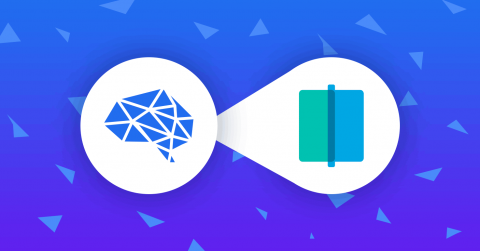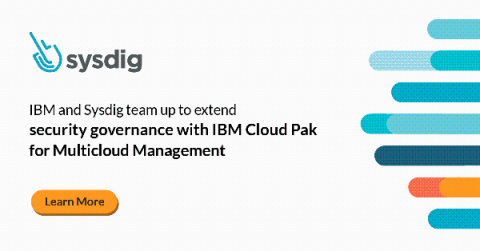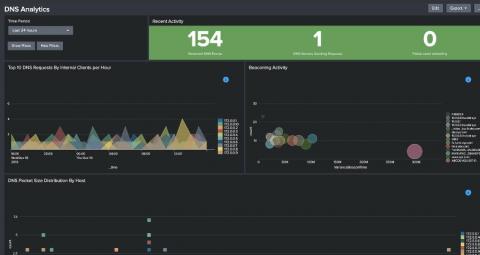Consuming Webhooks with Node.js and Express
Have you ever been building an application and thought: "I can make requests to this service's API, but is there a way for them to let my app know when X happens? You could try calling the API on a set interval. Take the response, compare it to the last, and go from there. This is polling, but it is inefficient and can be an easy way to hit rate limits. Instead, some APIs and services offer what's known as a webhook. Instead of contacting them, they contact you.










